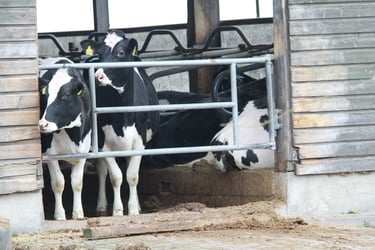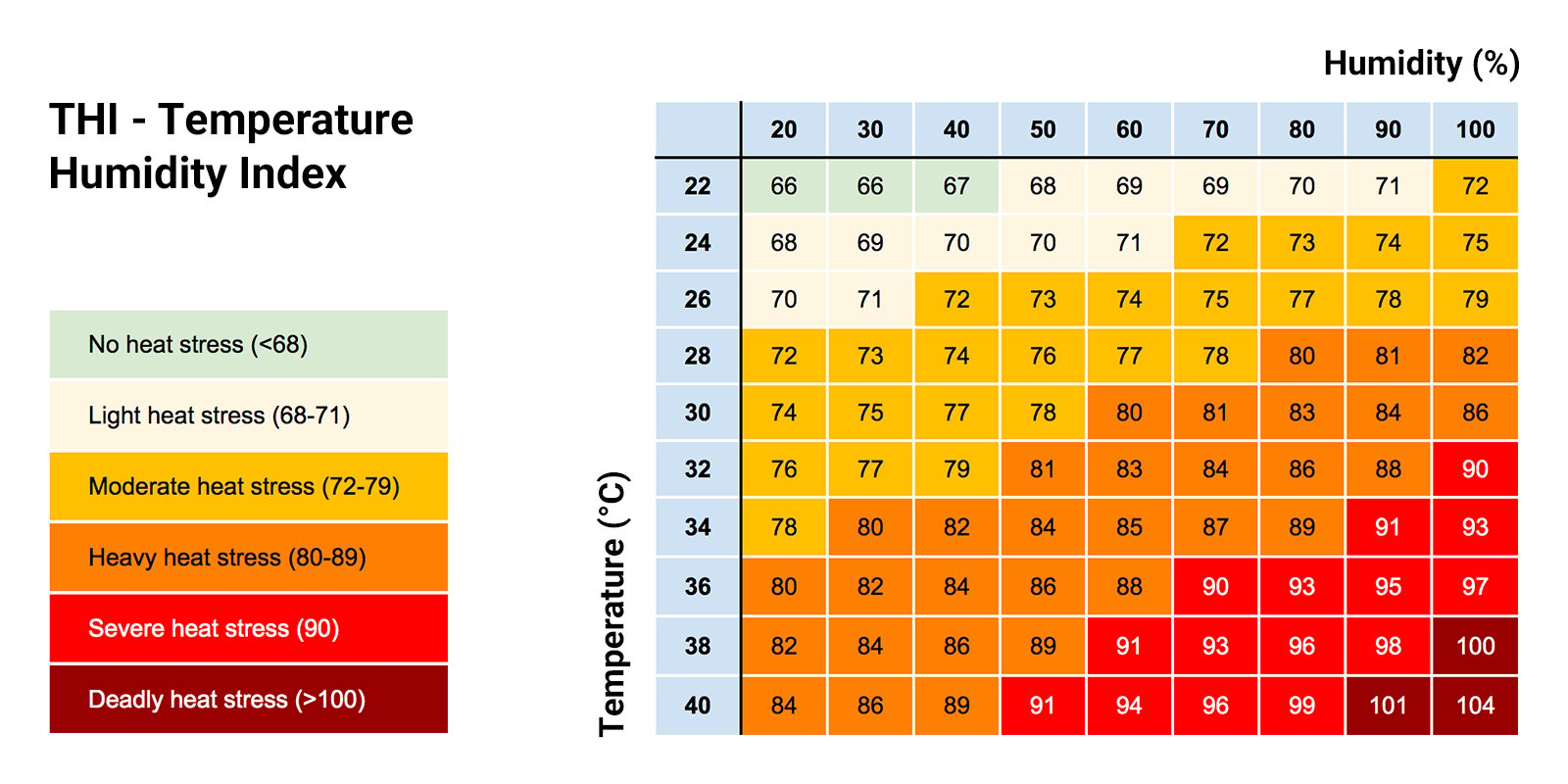As a vet, I work with farmers to help improve the health and welfare of their animals. My passion is helping investigate issues and work to support their business. I regularly visit the U.K. at the request of farmers to see if I can add value to their farm. Farmers are extremely good at spotting when things are not right. However, there are commonly seen and not investigated issues, like the decrease in milk production during summer. Usually, it is blamed on stage of lactation or feed quality at that time of the year, but could you do something about this?
Hi, I am Dr. Dekker, a nutritional expert for dairy cows. I meet and visit many different farmers in different countries. Each with their own story, way of working, but always with the goal of taking great care of their cows, while also being sustainable and profitable. Some stories are inspiring and worth sharing! It is always nice to read how other colleagues in Europe are developing and improving their farms. In this article I would like to share the story about investigating the milk drop in an English Dairy Herd during the summer.
On one of my visits to the U.K., I visited David who manages a 900-cow indoor all year calving unit. It was an impressive unit with a modern rotary parlor and large housing blocks. The unit was a family farm which was being managed by a team of 10 staff. Milk production in his Holstein cows were at 32 liters average which he supplied on a supermarket contract. The cows are regularly vaccinated for BVD, Lepto and IBR. Paul the vet makes regular routine visits and is very proactive in supporting him. His cows are regularly mobility tested and treated if needed and so lameness rates are low. David asked me what more he could do to improve efficiency and milk production. It was July and as far as he was concerned, all the cows were healthy and there were no issues he could see. David’s concern was that he was not achieving optimum milk production in his cows.
Instinctively, I first looked at the performance of the cows in his data and compared them to the previous few years. There was similar trend every year of milk production showing a decrease during late Spring and Summer. My next actions were to find out more from David.
The silage quality is tested regularly and there have been no major issues detected. There have been no major diet changes over the last few years, and he works closely with his nutritionist to optimize his cow’s diet. Regarding diseases, the cows are regularly tested for the major production limiting pathogens and the sick pen was almost empty at the time.
Looking at the cow’s environment, it was clean, and the stocking rate was sensible. However, it was warm even with the fans on in the shed. The cows were huddled in certain areas and were closer to the openings in the shed. They were not ruminating normally. Using a simple temperature and humidity monitor, we could see that the Temperature Humidity Index (THI) was high.
This would indicate the cows may be suffering from heat stress on this day. Over the next week, the farmer would record the temperature and humidity of the shed and send them to me. We could both see that the THI remained high throughout the week which would have impacted the cows. This could also explain the milk reduction happening every year in summer. Looking at the meteorological data, this would also support this theory.

Table 1: Temperature Humidity Index to check the likelihood of heat stress. Source: National Animal Diseases Information Services
A simple solution was to open the shed up more to allow more air to enter. Some of the sides of the shed were replaced with movable walls. The number of water troughs were also increased to help with increased thirst in the cows.
The following year, the milk production was higher over the summer than the previous year and other benefits were seen such as better reproduction efficiency and higher dry matter intakes.
This is an interesting case, as the farmer was expecting a very different solution to the one we came up with. Being in England, David did not suspect heat stress could be a problem, but from what I have seen and what the data shows, it a bigger problem than we realize. The classical panting and sweaty cow are assumed to be typical of heat stress, but this is not always the case and can be simply a milk drop in the cows over the warmer months. The number of warmer days in the U.K. is increasing and so the likelihood of heat stress is higher. By not addressing this we can reduce production and health which impact our herd efficiency. We must also remember that the effects of heat stress are not only short term but can impact the cow in the long term. It has been shown that both the daughter and granddaughter of a heat stressed cow can have a lower lifetime milk production yield.
It is important to understand more about heat stress on your farm. You might not think it is a problem but like this case has shown, heat stress can be a problem even in the U.K. We have tools and support for you to help manage heat stress in your cows. Book a free dairy herd heat stress assessment to find out more.
Subscribe to our blog updates and receive new blog articles in your mailbox.
